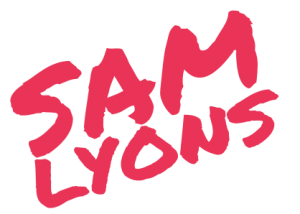Having read about the dubious business practices of some companies within the EdTech industry, such as Turnitin profiting from the intellectual property of students, I have been reflecting on whether I should try and only use open source software when teaching.
When a lot of jobs are asking for applicants who have skills in particular commercial software such as Microsoft Office suite, by using open source alternatives are we harming future job prospects or does the tool agnostic approach taken prepare students to be able to adapt to whatever technology is being used?
I would argue that a platform agnostic approach usually allows for greater adaptability but it often misses out on the mastery of a particular platform that may help a student to stand out. Additionally, if you do not provide students with the opportunity to use expensive software, then they will probably never get the chance as the cost is prohibitive to personal use. One example is Photoshop (a professional photo editing tool) versus GIMP (the open source equivalent). Photoshop has a number of unique tools that allow you to automate the design process and as creative industry often uses Photoshop, the student may struggle in an interview if asked what processes they use to save time in design as GIMP does not have these features.
Another question is that in the era of cloud computing when large amounts of information is not stored locally on a computer, is it responsible to rely on open source projects to make sure that data is secure? Are commercial alternatives any more secure?
Neither solution is perfect here. Both open source and commercial tools have and will continue to be subject to data breaches. Open source can suffer from lack of accountability for data breaches and also not having dedicated resourcing to fixing flaws and vulnerabilities. There are projects by Google, GitHub and many others to try and solve this by providing funding and advice to improve security. However, as commercial tools are more widespread, hackers tend to focus on them as there is an economy of scale in their efforts. For commercial products you at least have someone to hold accountable when your data is breached but that is not much comfort. Therefore, probably the best approach from a security perspective is to teach students not rely on the security of any product and to put the minimum amount of personal data in to a system as possible.
But maybe this approach is overly cautious and would prevent students from embracing digital scholarship… so really all types of software create a conundrum.


This says it all, Sam: “I would argue that a platform agnostic approach usually allows for greater adaptability but it often misses out on the mastery of a particular platform that may help a student to stand out.” Agreed. Well said.
Our approach has been to use industry standard software in subjects eg TAS and Design Technology use Photoshop and Illustrator to gain industry acknowledged skills. Open source software is a great way to gain the basics and apply this in any digital learning environment, home or school so i think its a good practice to offer alternatives when designing tasks. The data integrity is always something to be aware of. I really enjoyed this thoughtful blogpost!